Design & Build Quality
Shell
Ok, before we dig into the review, let’s just recall the price of those new IEMs: $2,599 USD, before taxes. I’ll let that sink into you… Done? Then let’s get back to business and see what we get for this price.
Like every modern IEM now, the Camelot enjoys a 3D-printed shell, specifically designed to fit all those drivers tightly. It’s basically flawless, with your typical solid-black body, topped by a custom-designed faceplate, displaying the Nostalgia Audio logo on the left side, and a Lion figure on the right side. Some of my co-workers found this design a bit funny, but personally, I think that they look pretty classy, so it’ll really depend on your own tastes.
Size-wise, the shell is unsurprisingly huge – you have to fit all those drivers – and if they don’t look like that in the picture, once in your hand, it can be quite shocking the first time. Still, over time, you’ll get used to it and as we’ll see later on, this was never a hindrance in terms of comfort.
The question remains: does it feel like a + $2,500 USD IEM?
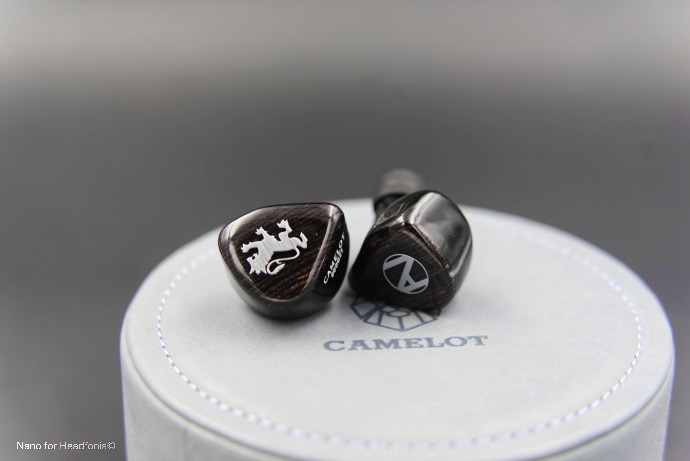
Build quality
Tough question and in all honesty, I’d have a hard time giving a clear answer. Compared to headphones, DAC/DAP, or even metal-made IEM, I find it much more difficult to rate an acrylic made in ears – even more, when it’s 3D-printed.
That said, if I have to be completely objective, I can’t say that the Nostalgia Audio Camelot impressed me in this regard. Sure, they look cool and big, but compared to the FiiO FF3 I reviewed previously – approximately 20 times cheaper – they lack the heft and density found in this kind of IEM. Blame CNC-milling if you will, but nowadays, it’s hard to be impressed by acrylic IEM, as clean as they could be.
Still, you’d be hard-pressed to find any flaw with this design. The shell is immaculate, showing no gap, bulb, or shard, and the nozzle – thanks to 3D printing again – gives the same impression, enhancing the comfort and sealing once properly fitted in your ears.
All that leads us to the new question: comfy or not?
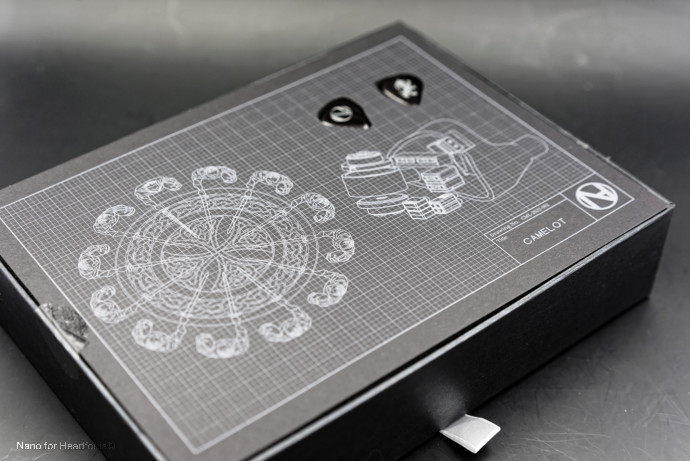
Comfort
In the ears
At first, I was set back by the size, but once I found the right tips, the Camelot fitted quite nicely in my ears.
Once again, this is where acrylic rules over every other material and, if properly designed, modern IEMs can be almost as good as a CIEM, even more, if you use memory foams. Personally, I preferred to stick with the silicon tips, but I have to say that the one provided by Nostalgia Audio seemed to be the finest one I got in a long time.
Another quirk I didn’t see coming with the Camelot was the 2 pin socket, instead of the traditional MMCX one. I find the 2-pin one more fragile and less nimble – it doesn’t rotate – but to compensate, this model comes with an ultra-premium cable, the Avalon – more on that later.
So yeah, it’s comfy and above all, I didn’t feel any hindrance after long listening sessions, which isn’t always the case with IEM.
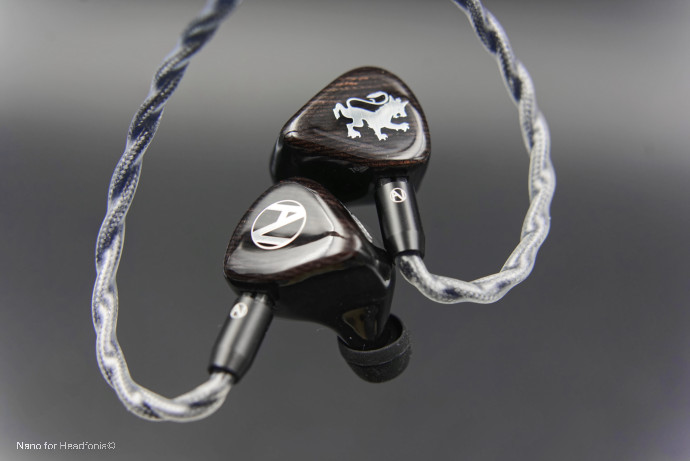
Isolation
As expected, the thick shell combined with good tips makes the Camelot a solid sound-blocker, even when no music is playing. Going for the foam gives an extra boost in terms of isolation but even with the default tips, I could hear the difference with IEMs like the FiiO FA7s or the Shanling MG600.
I also compared them to my new Apple AirPods Pro 2, kings of isolation, and found Nostalgia’s IEM almost as good in an open-space environment. On the other hand, the AirPods took the lead, and the Camelot, if good, remained a step behind – god bless Active Noise Cancellation.
Sensitivity / Hiss
Impedance is low, sensitivity is high and isolation is great, so yes, you can drive those IEMs with a GameBoy, or almost. Paired with the ddHiFi TC44C I had to use the 4.4mm Pentaconn output as Nostalgia doesn’t give you much choice, but even with just that, I got loads of power.
My top choice? If your budget has no limit, that’d be the FiiO M17 or iBasso DX320 but more reasonably, go for something simple, like the M11S which not only matches the Camelot power craving but its signature too.
And for the hiss, I encountered none with all my sources, Hurray!
So yeah, so far so good, time to check the specs!
The review continues on Page Three, after the click HERE or by using the jump below.





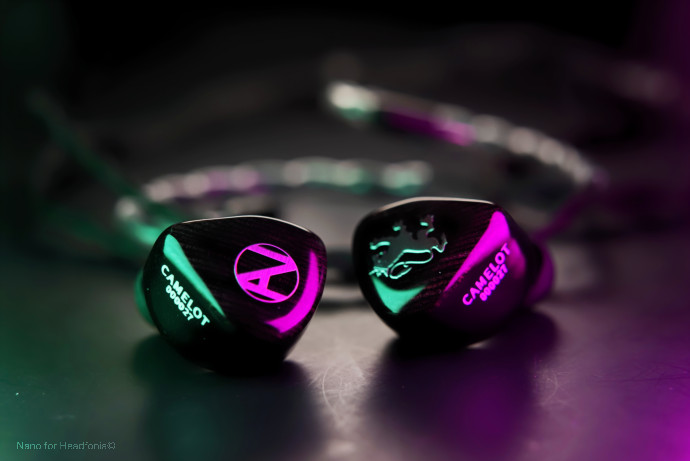
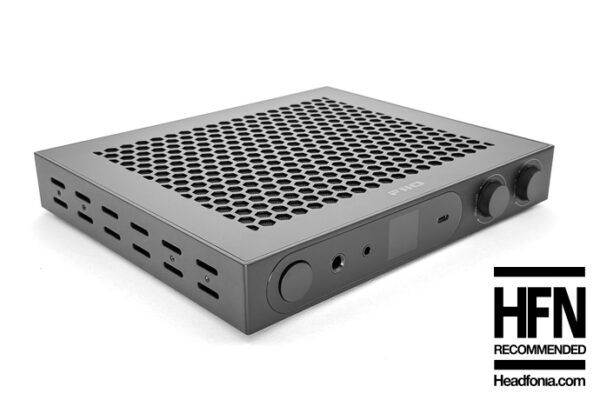
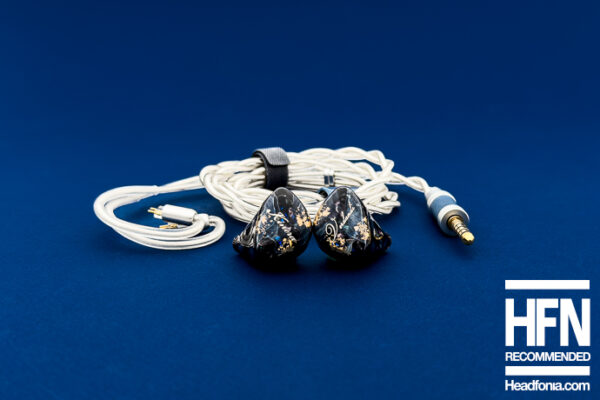
Alberto
Did you compare Camelot to Mezzo?
Vladimir
Hi! Thanks for the review. Do you think this IEM is a good choice for pairing with A&K SP2000? 2.5mm or 3.mm output?